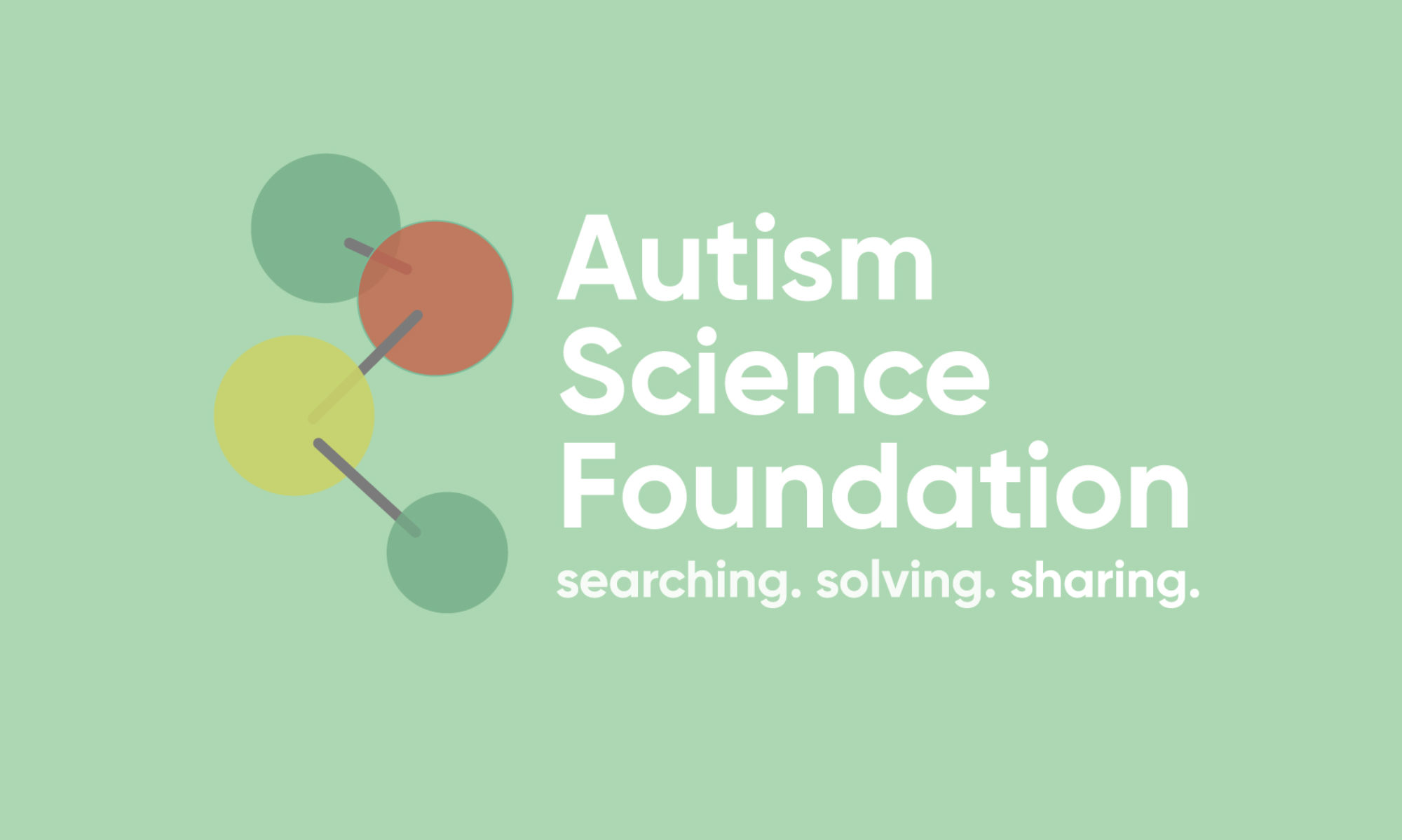Podcast: Play in new window | Download
Subscribe: RSS
This year’s Day of Learning included two presentations on the use of technology among people with autism. As it turns out, technology can be great. In fact, a new study using Google Glass shows promise in improving socialization. On the other hand, sometimes technology can have a downside. People with autism spend more time than typical peers on their iPads, iPhones and other devices. What could be wrong with that? Well, problematic internet use is linked to autistic traits and to suicidality. This link is NOT a clear line and obviously causes of suicide are multifactorial. However, new data demonstrate that obsessive internet use is not making things better for people with ASD.
https://www.ncbi.nlm.nih.gov/pubmed/30934756
https://www.ncbi.nlm.nih.gov/pubmed/30908423
https://www.ncbi.nlm.nih.gov/pubmed/30907929
